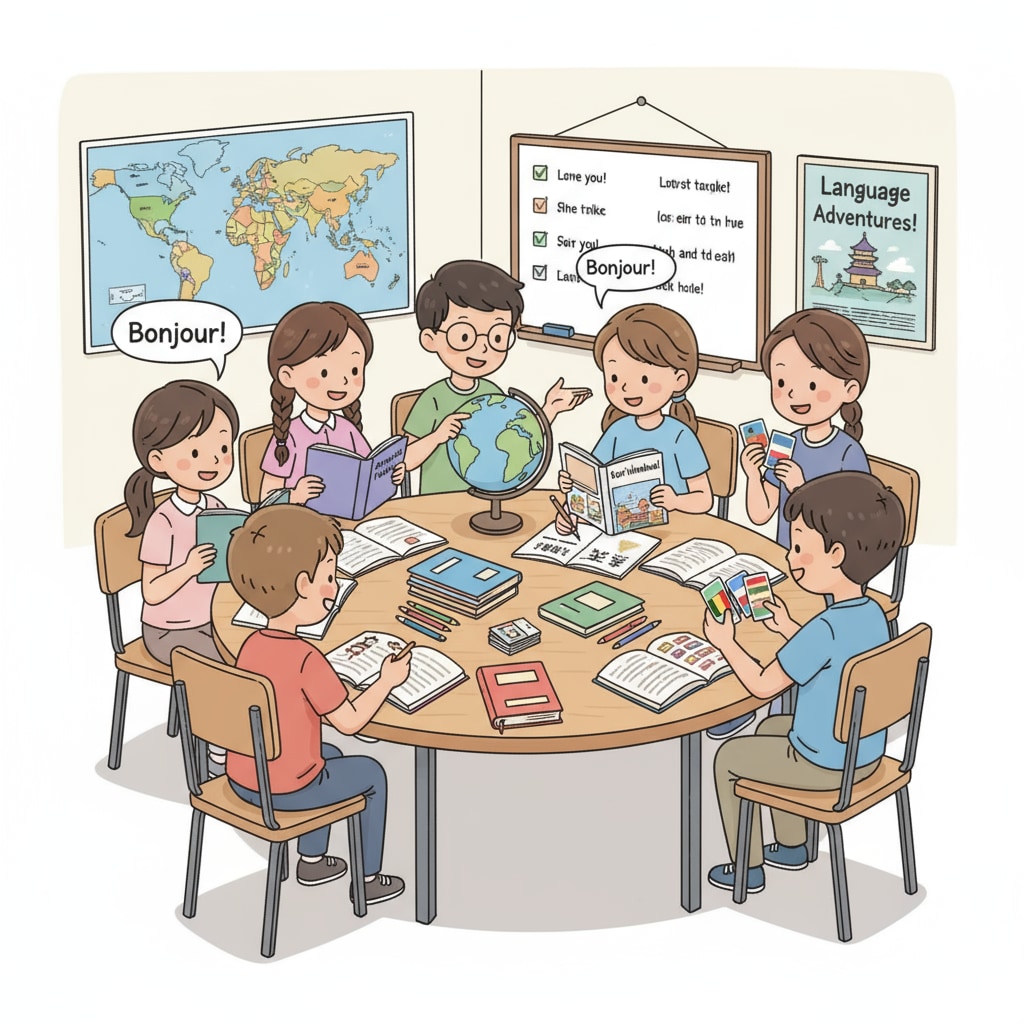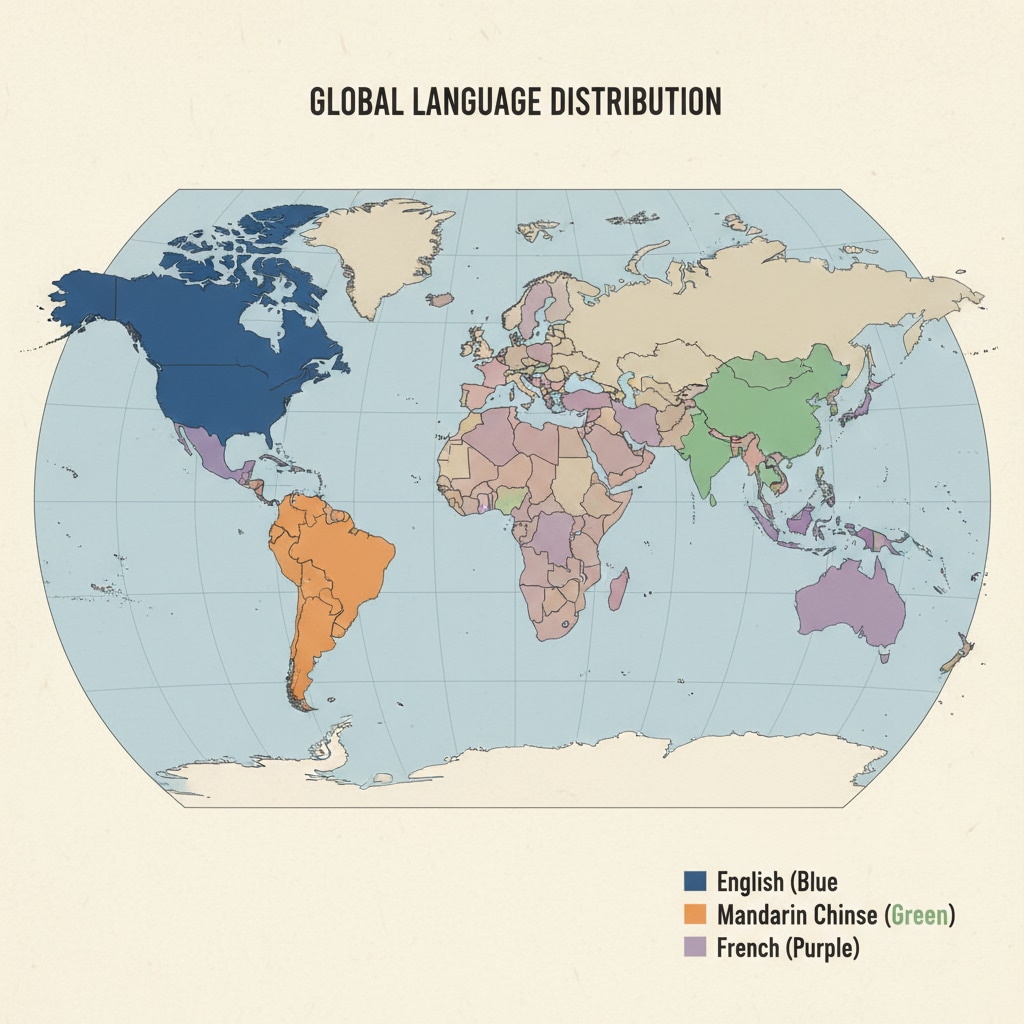Multilingual learning, language learning methods, and language priorities are crucial aspects for K12 students. In today’s globalized world, the ability to master multiple languages not only broadens horizons but also enhances cognitive skills and cultural understanding.

For young learners in the K12 stage, finding the right approach to multilingual learning can be the key to unlocking a world of opportunities.
Selecting the Right Languages
When it comes to multilingual learning in K12, choosing the languages to study is the first step. Consider the global relevance of the language. For example, English is widely spoken around the world and is essential for international communication, business, and education. English language on Wikipedia Additionally, languages like Spanish, Mandarin Chinese, and French are also highly valuable due to their large number of speakers and influence in different regions. Another factor is personal interest. If a student is fascinated by a particular culture, learning its language can deepen their connection and understanding.

Optimal Learning Timing
The timing of language learning in K12 is significant. Younger children in the early elementary years have a natural advantage in language acquisition. Their brains are more malleable, making it easier for them to absorb new language patterns and sounds. As students progress to middle and high school, they can build on their foundation and add more complex language skills. However, it’s never too late to start a new language. With the right motivation and methods, older K12 students can also achieve remarkable results. For instance, introducing a second language in elementary school and gradually adding more as they grow can create a solid multilingual base.
Effective language learning methods play a vital role in multilingual acquisition. Immersion programs, where students are surrounded by the target language, are highly effective. This could involve attending language immersion schools or participating in language exchange programs. Another approach is using multimedia resources such as educational apps, online courses, and language learning podcasts. These tools make learning more engaging and accessible. Regular practice, whether through speaking with native speakers, writing exercises, or reading books in the target language, is essential for improvement. Language acquisition on Britannica
Readability guidance: By following these steps, K12 students can embark on a successful multilingual learning journey. Understanding language priorities, choosing the right languages, seizing the optimal learning timing, and applying effective methods will help them become proficient in multiple languages and thrive in a global society.


